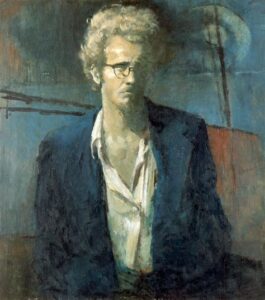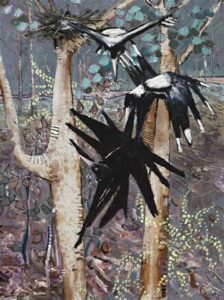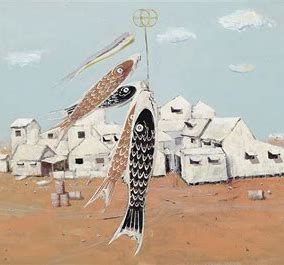1. Clifton Pugh
One of the Hotel’s features is our rooms are named after Australian artists. Room 1, one of our queen ensuite rooms, is named after Clifton Pugh.



Clifton Ernest Pugh AO (17 Dece 1924 – 14 Oct 1990) was an Australian artist and three-time winner of Australia’s Archibald Prize. He is considered one of Australia’s most renowned and successful post-World War Two painters. Close observation of nature and its cyclical and savage rhythms became a constant theme in Pugh’s painting. Arguably his best-known portrait is one in 1972 of Gough Whitlam.
Pugh was strongly influenced by German Expressionism and was known for his landscapes and portraiture. Important early group exhibitions include The Antipodeans, the exhibition for which Bernard Smith drafted a manifesto in support of Australian figurative painting, an exhibition in which Arthur Boyd, David Boyd, John Brack, Robert Dickerson, John Perceval and Charles Blackman showed; a joint exhibition with Barry Humphries, in which the two responded to Dadaism; and Group of Four at the Victorian Artists Society Gallery with Pugh, John Howley, Don Laycock and Lawrence Daws.
In 1951 Pugh bought 15 acres of bushland near Cottles Bridge, 50 kilometres northeast of Melbourne, which he named Dunmoochin. Pugh at first camped on the site, then built a wattle-and-daub shack. Artists, potters and others also settled at the site. To protect and jointly control the area, they formed the Dunmoochin Artists Co-operative.
It is often remarked there is a substantial similarity in his bush landscapes around Dunmoochin to the environment and bird and animal life around the Castlemaine region.
Pugh was made an Officer of the Order of Australia in 1985 for service to Australian Art. In 1990 he was appointed the Australian War Memorial’s official artist at the 75th-anniversary celebrations of the Gallipoli landing.
Pugh died in 1990. The Dunmoochin Foundation now forms part of his legacy and provides residences for artists on his bush property. Pugh also donated Dunmoochin land to the Victorian Conservation Trust (now Trust for Nature) in 1989. Two plants of national significance have been recorded on this land. [Extract is from Wikipedia].
